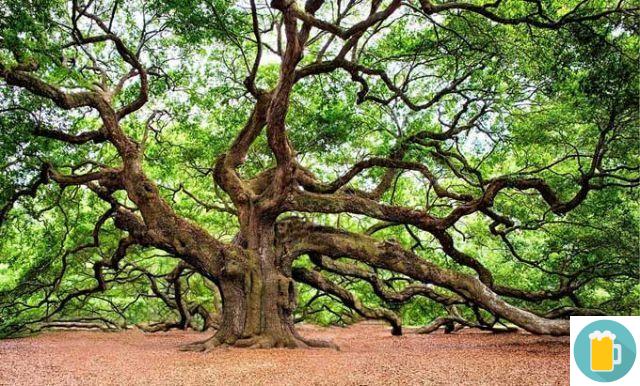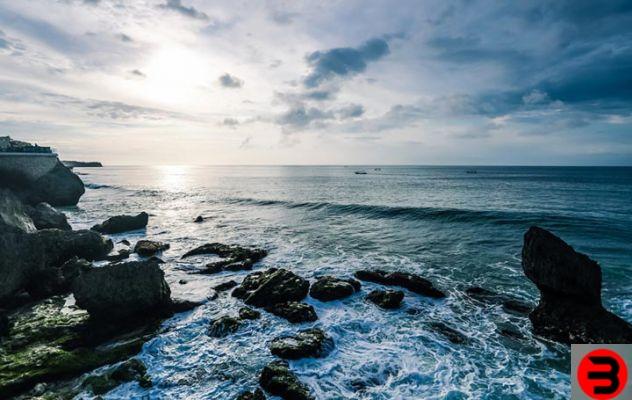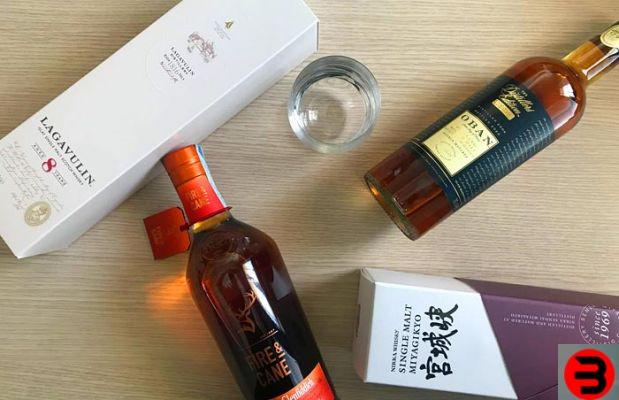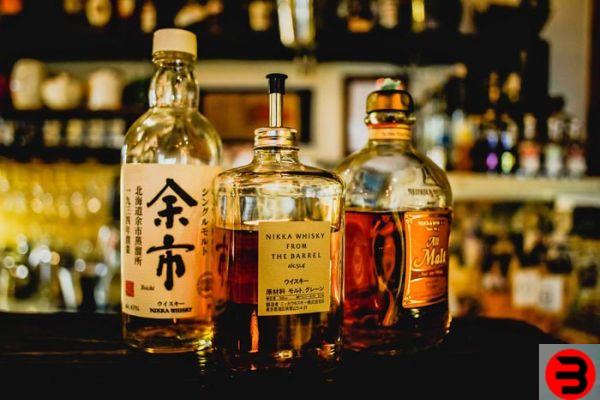
Japanese whiskey: here's what you need to know
The origins of Japanese whiskey
It all started in 1923, when Masataka Taketsuru took over the Yamazaki Distillery. Taketsuru was raised in the family drink business, which evolved into a passion for distillation and the art of making whiskey.
He realized this passion by learning chemistry in Japan, before continuing his studies at the University of Glasgow. He was apprenticed in several distilleries and his passion for whiskey grew.
In 1919, Taketsuru joined the Longmorn Distillery, where he learned a lot about how to distill the perfect malt.
Returning to Japan in 1920, he took many lessons with him, just as his mother, Rita, whose family was born with Taketsuru, turned her apprenticeship into success when she bought back. Nikka Whiskey and opens the first Japanese distillery in Yamazaki.
He is also said to have made Longmorn stills in his distillery, stills which are still in use today.
The Giappon whiskey market today
At present, there are nine distilleries in Giappone. They are sold all over the world and certainly represent the greatest strength of Scotch whiskey and its reputation as the best whiskey.
However, this has not always been the case. It is only in the last two decades that whiskey from Japan has been appreciated even outside of Japan. And a lot of that notoriety depends on how many prizes she manages to win.
In 2003, the 12 year old Yamazaki from Suntory received the gold medal at the International Spirits Challenge in the UK. It was the first Japanese whiskey to receive such recognition, which transformed the perception of Japanese whiskey around the world, which is now recognized for its quality.
From there it declined and its popularity increased to such an extent that it is now rare around the world.
About XNUMX years ago, Japanese whiskey was not very popular and therefore the distilleries did not anticipate that it would be sold by whiskey bottlers in the future.
This led to Nikka breaking up expressions with age statements, like Hibiki, 17, and Hakushu, 12.
This means that the demand is too high for the availability of blended whiskey, but what makes Japanese malt so different and fascinating compared to other whiskeys?
Harmony of flavors
The concepts of harmony and balance are essential in the experience of Japanese whiskey. These are important themes in the creation of Japanese malt and they reflect Japanese culture.
There is the desire to strike a balance between liquid and flavor, structure and maturation are important parts of whiskey from Japan, so it is more common for Japanese whiskey makers to use coffey rather than stills. in the glass. This creates a smoother malt and further develops the flavor of the whiskey.
Coffey stills are more efficient than glass stills because malt feeding is expensive and is done in batches. Malt is also purer and tastes purer, as the alcohol content is around 90%, which gives the harmony and balance that many Japanese brands are about to create.
Le Coffey Malt de Nikka is a great example of how well Giapponese use their Coffey whiskeys. This whiskey is incredibly smooth and rich in flavor, especially vanilla and malted grains.
It has a succulent taste and a smooth consistency that pairs really well with the bold, sweet flavors. The mouthfeel perfectly complements the taste, bringing out the most bitter flavors.
Read more : Inexpensive whiskeys: the best under 50 euros
Balanced spores
Another very important aspect of whiskey from Japan is its taste.
This characteristic is best represented in the expression " Hibiki Japanese Harmony". This blend is at the heart of Suntory's Hibiki range, which is a selection of mixed malts.
With mixers, the idea of harmony is even more important to realize, as the malts used must work in tandem to create a blend that works.
The expression Hibiki Japanese Harmony represents the idea of harmony in liquid form. Made from malts that have been blended in a series of bottles including American oak, Mizunara (Japanese oak) and Sherry, this dram is the union of different flavors and consistencies.
It's exceptionally well done, with all the different notes being completed by hand, more than a lot of attention.
Hakushu 12 Year Old is also a wonderful example of Japanese malt and the search for harmony of flavors. It has won numerous awards and brings together some of the best aromas of Japanese distillation.
It's earthy and elegant, with lots of sweet caramel notes, combined with rich woody flavors. There is also fruit and cherry notes, with a wonderful smoky flavor in the background.
The flavors are unbalanced with each other without being in conflict. They work together to bring a real sensation to the whole world.
Read more : 10 curiosities about whiskey
The evolution
The whiskey industry in Japan may have started with a lot of influence from whiskey producers, but a lot has changed since then. Today's production processes are very different from those of Scotch producers.
Generally, in Giapponnaise distilleries, only light must is produced. It contains less lipids than those present in dry must. The lipids produce a flavor similar to nocciole, with Japanese whiskey often lacking this type of flavor profile.
And if the European and American oak barrels are the most used in the producing countries of scotch whiskey, Japanese distilleries mainly use Japanese oak barrels.
Giapponese oak is more porous and more morbid than other types of oak and that is why it is not used as much as it is subjected to higher percentages of Angels share.
The aromatic profile of giapponesi is sweeter, with more fragrant and aromatic notes. In addition, it is not uncommon for distilleries to have their own blend. Suntory has a personalized milk called suntoryeus lactobacillus.
Milk is one of the key ingredients in the production of whiskey and affects its taste. The emphasis is on the type of milk used in the whiskey.
Often times, Japanese distillers also use more than one type of liquor, which is not common in places like Scotland. This in order to obtain the best possible fermentation, allowing the extraction of all the flavor of the grain.
Japanese blended whiskey
Giappone Distilleries usually carry out the miscellation process in-house, rather than dissolving malts from other distilleries, which means the miscella range has more diversity and variation compared to many distilleries in Scotland. or in Ireland.
This gives back control to the distillers and allows for more experimentation by mixing the types of distillation, fermentation and maturation.

If you want the taste to be in harmony in a bottle, now is the time to taste a good Giapponais whiskey!






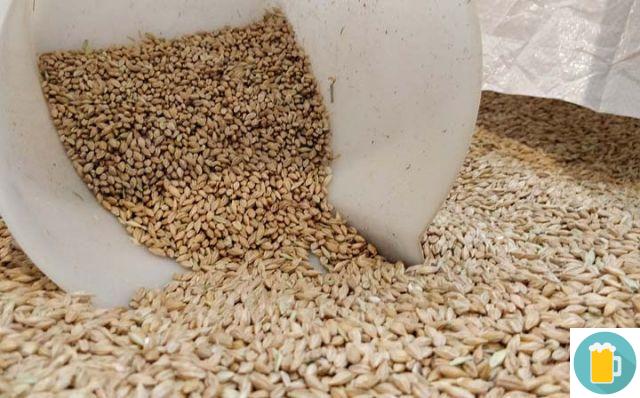
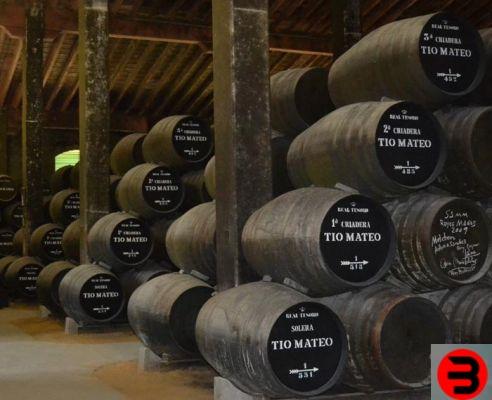






![Best Whiskey: the 7 TOP in the world [GUIDE 2021]](/images/posts/203dea461b3d4004c339a63a3f69a0dd-0.jpg)




